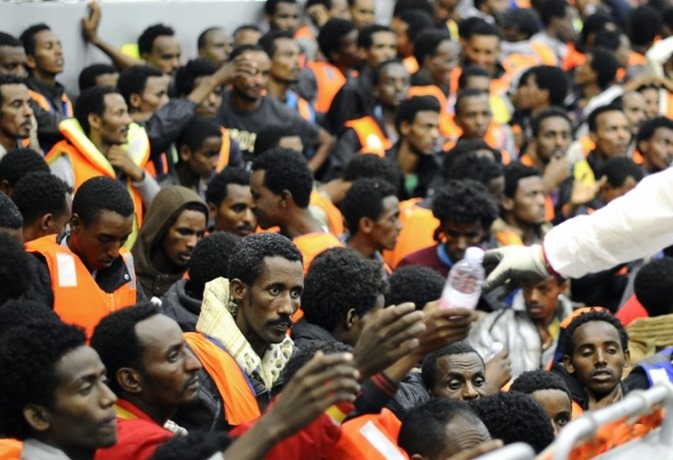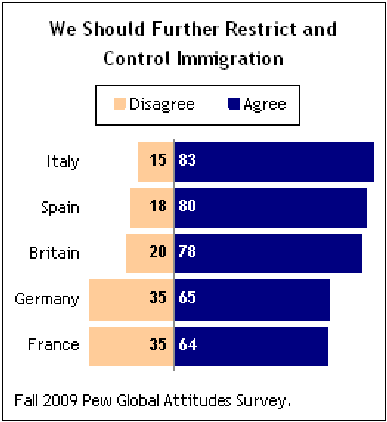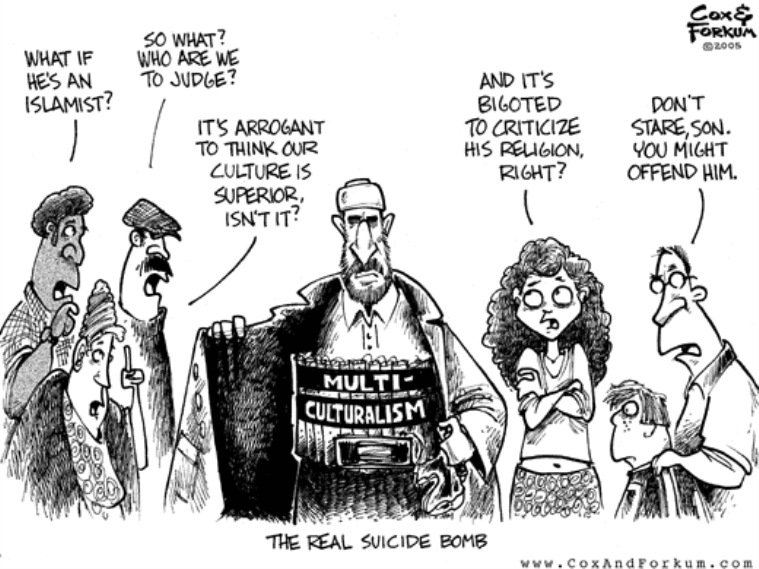Voice of Russia
June 2, 2014

The European border agency, Frontex, has revealed a steep rise in detections of illegal border crossing at the EU external borders increased sharply in 2013, rising to over 107,000 from 75,000 in 2012, with Syrians, Eritreans and Afghans being the most commonly detected nationalities. VoR’s Nima Green spoke to Franck Duvell, from the Centre for Migration, Policy and Society at Oxford University.
Migration towards the EU in 2013 was characterised by three main phenomena: a significant increase in the number of Syrians arriving, a steady flow of migrants departing from North Africa and heading across the Mediterranean to Italy, and a sharp increase in detections of irregular migrants on the Western Balkan route.
The number of Syrians detected at the EU borders accounted for almost a quarter of all arrivals in 2013 and at 25,500 was almost three times the 2012 figure. Syrians were also the commonest nationality detected for illegal entry in most border areas and headed the list for requests for international protection. More than two thirds of all such applications by Syrians were submitted in Sweden, Germany and Bulgaria.
The Central Mediterranean area was the main entry point to Europe for irregular migrants.

Franck Duvell told VoR: “I think the way the way the numbers are presented is misleading, because what is not mentioned is that we had exceptionally low numbers in 2013 and the rise we have seen this year is a rise back to the levels we have seen before. We are more or less back to the average.
“[In 2013], we had the impact of the economic crisis in the European Union, which, for various reasons, put people off migrating to Europe. We had the aftermath of the Civil war in Libya, which closed the Libya route, which is the most important route for migrants and refugees to Europe.
“If you look at the neighbourhood of Europe, you find a whole belt of countries in crisis. There is Syria, where we have 2.5 million refugees. We have the military coup after the Arab Spring in Egypt. We have not much improvement seen in Tunisia. We have the recent wave of terror attacks in Nigeria. We have unrest in Mali, Sudan, Somalia and the recent troubles in Ukraine.
“So a whole band of countries in turmoil surrounding the European Union.
“I am actually rather surprised how few people are trying to seek shelter in the European Union.
“Coming back to the Syrian people, we have seen overcrowded refugee camps in Lebanon, which is a very small country, in Turkey, which holds up to one million refugees. These countries do their best to accommodate the refugees, but they have reached their limits. And this is why we now see some Syrians making their way towards Europe and this is probably people who have given up hope of fast improvements in Syria or people who cannot go back because their property, house, relatives have been destroyed or killed.”

